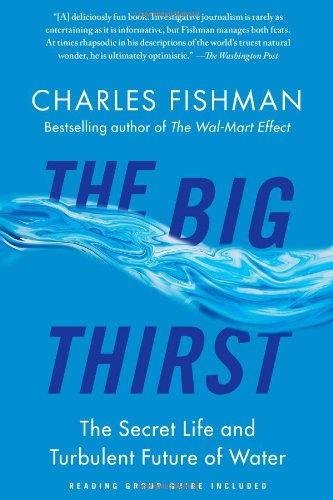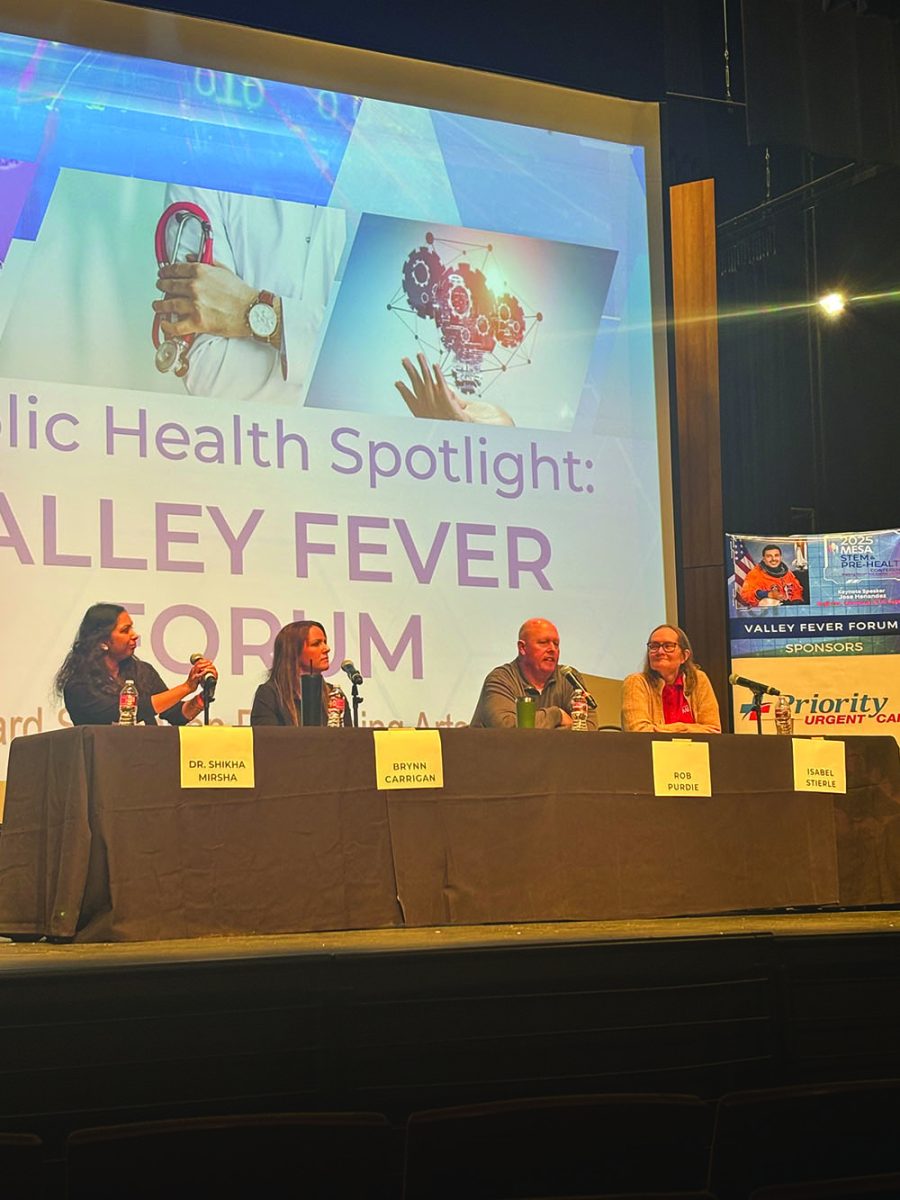BC book discussion deals with water crisis
October 5, 2016
“Life as we know it requires water, water is crucial to life; and now water is very, very, very scarce,” said Joe Saldivar, Bakersfield College biology chair, who spoke Sept. 21 to a full room at the Levan Center.
Saldivar was part of the One Book, One Bakersfield event that featured an academic panel discussion. The One Book, One Bakersfield, One Kern annual project encourages the community to read a single book and offers discussions throughout Kern County in September and October.
This year’s chosen book is “The Big Thirst,” by Charles Fishman, who will be at CSUB on Oct. 27 for a book signing.
At the BC event, Saldivar held up a smartphone and said some people don’t remember a time without it, but we’ve only had them for 10 or 11 years. Through his phone, Saldivar said that many societies have access to technologies that help them survive normal everyday life. He noted Australia grows rice through the help of technology, but it also requires an intense amount of water. He noted that even a smartphone needs water to be created.
Saldivar said the balance is off in the world of technology because 90 percent of Africans have access to a smartphone, but when it comes to water, 63 percent of Africans have access because it is so scarce, and only about 33 percent have access to sewage systems.
Laraine Rosema, a BC Writing Center liaison, focused on whether people knew the laws for conserving water and whether people were trying to conserve water on their own.
“How many of us have begun showering less because of the water restriction that was placed? Or, how many of us have stopped washing our cars as much to preserve water in Kern County?” she asked.
Many hands raised as Rosema asked questions based on the conservation of water. Rosema mentioned that many people have been saving water on their own ever since Gov. Jerry Brown issued a state of emergency on Jan. 17, 2014. Now, California has saved 21 percent of the water it normally uses.
The reason that we need to save water is because Kern County only has three years with water if a drought continues. We may run out of water during the following spring if our drought continues after our third dry winter or La Niña.
Luckily, last winter was a wet winter. but not as wet as it could have been.
The last to speak was Jeffrey J. Eagan, an English Department lecturer at BC. He explained that water is key in our language for many allegories. He also touched on the religions that use water in their rituals. Yes, indeed water is a central part of human life, he said.
During a Q&A session, the Water Association of Kern County executive director Beth Pandol spoke to help answer questions of the audience. One question focused on whether Kern County is going through a man-made drought, which Pandol said is false.
She said it’s like a bald guy with a huge beard on his face. He has a lot of hair, but it’s all in the wrong place. She said it’s the same with good water quantity but bad distribution.
Pandol says there are many ways to look at the politics of water, but either way you look at it, environmental regulations mean Kern County receives a lot of water from Northern California. But most of Northern California’s water is restricted because of increased environmental regulations.
So, Northern California is saving water through environmental regulations because of the endangered species. Pandol said we have been in a drought but most of the time it’s a regulatory drought, meaning it’s imposed by state regulations of California.






